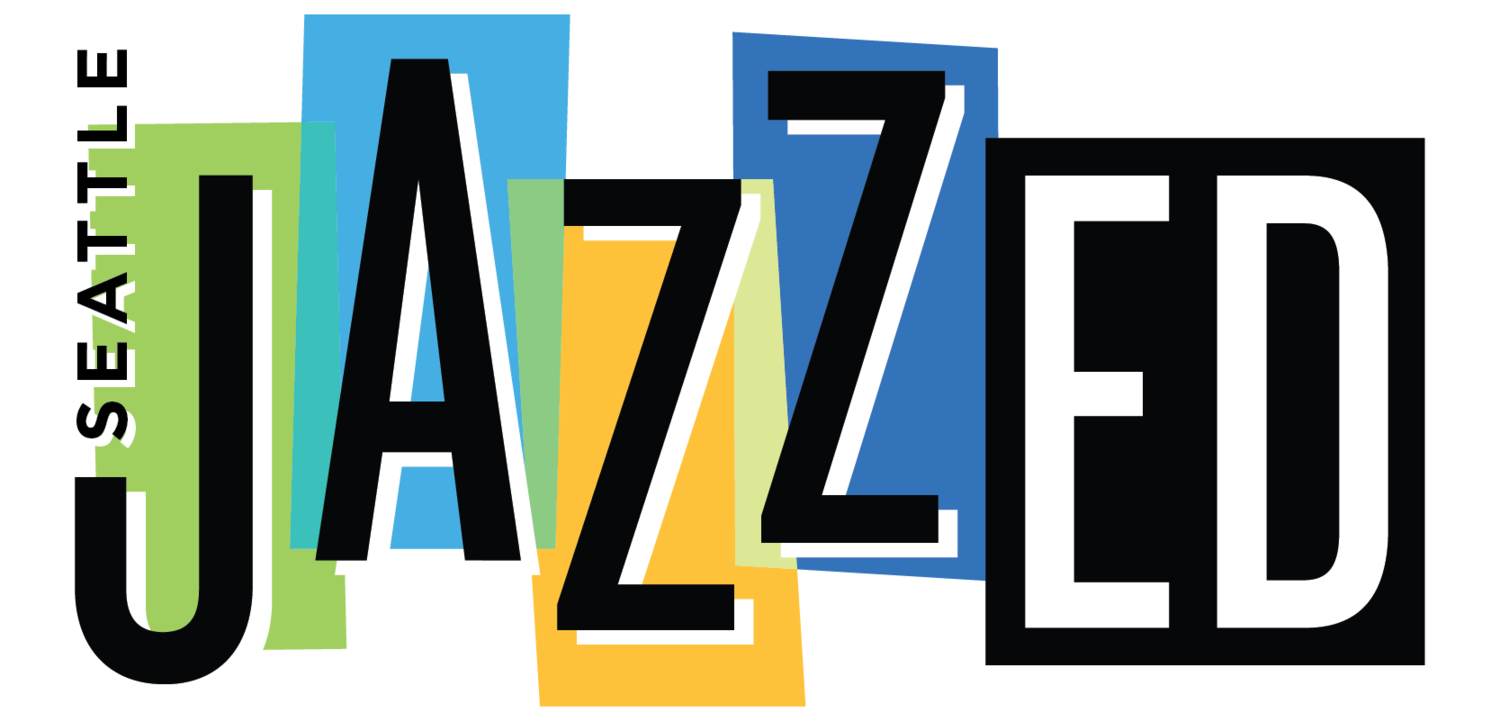Enrollment Now Open for Fall Music Programs
/We're entering a new season of programming! Musicians can choose between three tiers of in-person learning; Foundations (Beginner), Connections (Intermediate), and Explorations (Advanced). Classes and ensembles are slated to start the first week of October.
As always, all programs are offered to the community on a sliding scale and families can choose what they would like to pay, with free loaner instruments available for every student!
Foundations
Start here if you're new to making music or continuing with us from Foundations Summer Camp! We’ll teach you what you need to know about your instrument of choice in this year long class. Grades 4-8. Enroll now!
Foundations
Connections
Connections I + II
With two level options for musicians, those who have been playing for at least one year are invited to kick it up a notch and start to explore their musicality! Grades 5-8. Sign up today!
Explorations
Getting into Gigging students
Explorations: Getting into Gigging
Want to get paid to play? Learn improvisation and jam session skills this fall! Bonus points: students who have completed the class will be eligible to represent JazzED by playing paid gigs out in the community. Grades 9-12. Add your name to the roster.
Explorations: Girls Ellington Project
Join Seattle’s all-girls, all-city jazz band and prepare your audition for the Essentially Ellington Festival this year! Grades 9-12. Save your seat.
Explorations: Mentors in Training
Earn service hours and learn music teaching techniques directly from expert educators. Become a mentor this fall! Grades 9-12. Lead the way.











